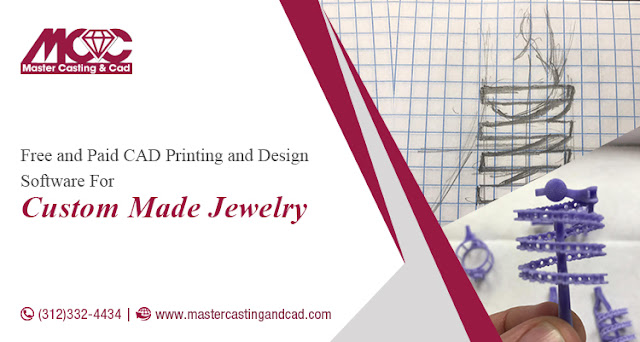An Insight Into The Lost Wax Casting Technique
The art of lost wax casting is a technique that results in intricately detailed metal. It dates back thousands of years with its real origin lost in ancient history. The lost wax casting is used for molding various kinds of metal into intricate pieces of jewelry as well as artistic sculptures. It is also commonly used for dental procedures and industrial components.
This process of lost wax casting begins with a sculptor carving a representation of the desired piece out of wax, developing a pattern with a similar intricate detail that will appear on the metal piece of jewelry in its end form. Wax “sprues” are included in the development of the pattern, that are wax rods that delineate the strategic placement of channels. They will stay open when the final mold is created.
However, remember that sprues are not a design element of the end-result, but rather allow for spaces to stay open in the mold through which the molten metal that will comprise the final piece will be injected. The channels imprinted by the sprues will also allow for the wax to exit the mold. Experts like Master Casting and Cad know how to make the best use of this complicated process.
What happens then?
Once the wax model and its attached sprues are in the planned form, the wax pattern is covered with a pliable ceramic substance through dipping, pouring, or both. The top jewelry casting services in Chicago take care and ensure that there are no air bubbles present. Any imperfection in the mold will be visible on the final piece.
Once the mold that surrounds the wax pattern reaches the desired thickness, it is allowed a sufficient amount of time to harden and then heated in a kiln. As temperatures rise, the wax present within is melted and eradicated through the channels that are left by the sprues. So, this is why the technique is named as “lost wax”.
Casting in Chicago is done by many, but not every one of them is expert in handling and managing the entire process conveniently. So, it is essential that you go for the most prominent names only. The result of this step is a strong mold that has a hallow opening in the shape similar to the original wax design.
Molten metal is then inserted into the final mold through the channels and is generally injected in jewelry crafting so that the metal fills every intricately placed impression in the mold. Once the metal hardens, the mold is eventually removed and the pice is revealed.



Comments
Post a Comment